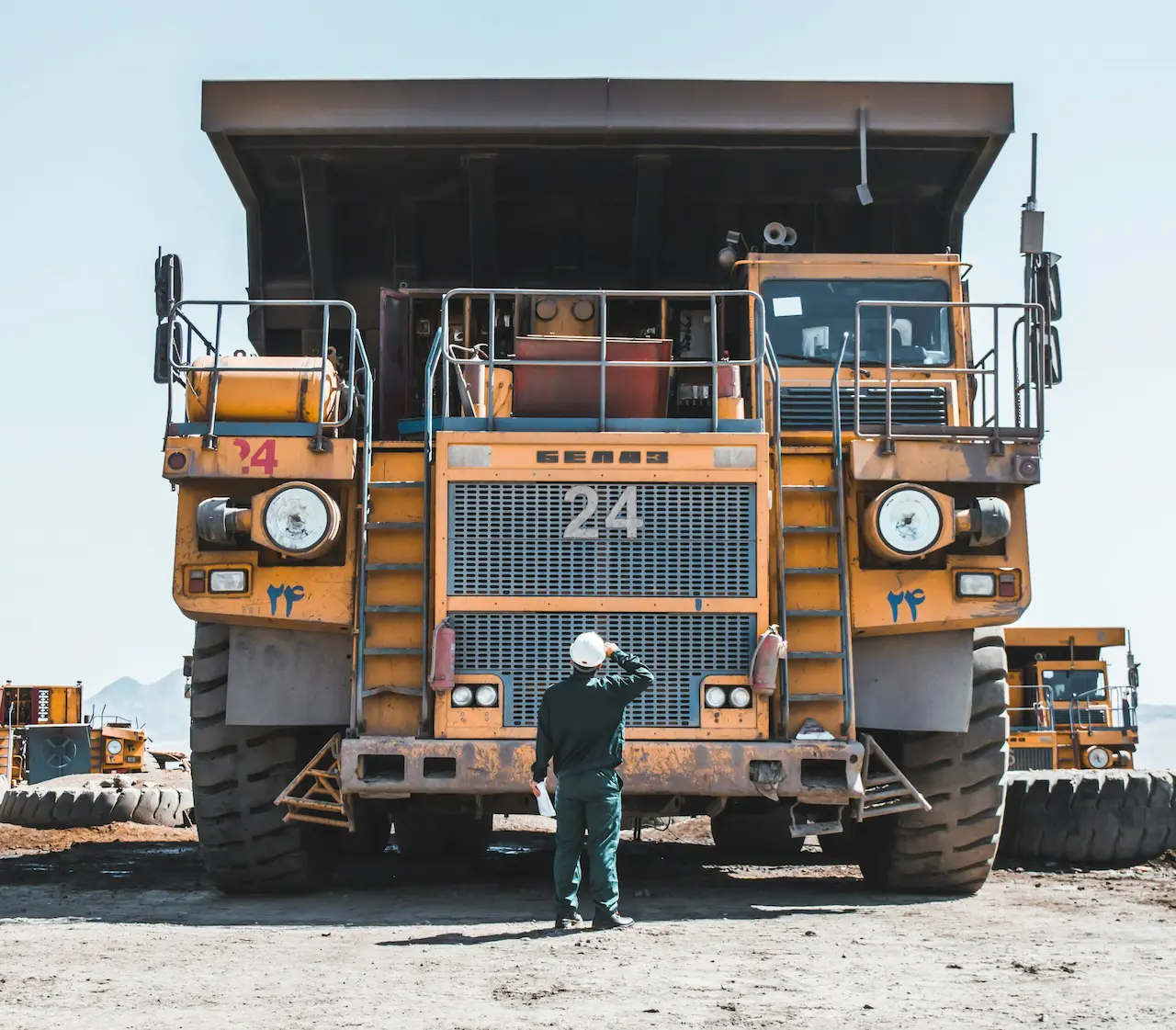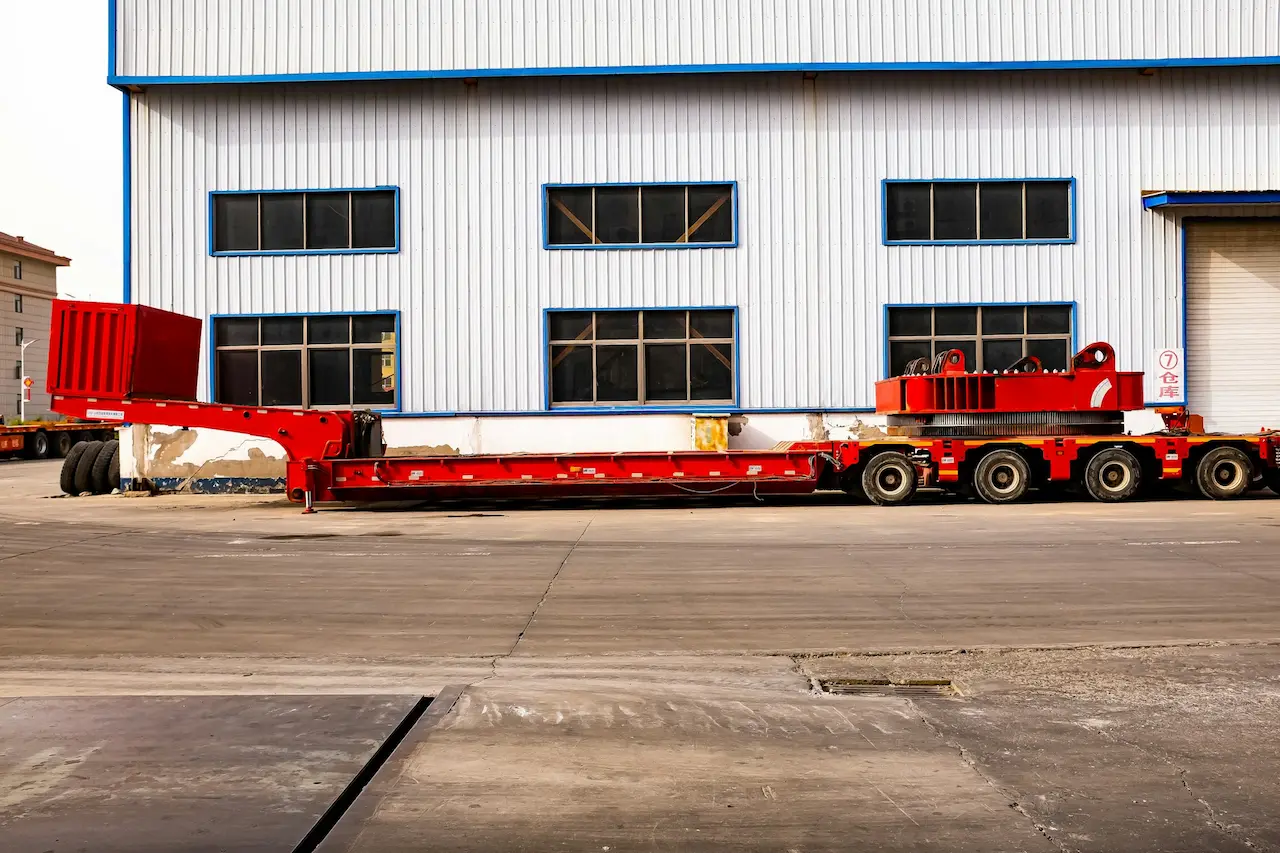When it comes to trucking, most of us imagine a big semi-trailer hauling goods down a highway. But in the industrial and remote-haul world the definition of “truck” takes on entirely new proportions. From mining haul monsters built to carry hundreds of tonnes to road-trains stretching for more than a city block, the world’s biggest trucks are feats of engineering, logistics and planning. This article explores the longest trucks, the heaviest trucks, and the often-insane logistics around moving them and deploying them. Oversized logistic solutions are not an easy feat when dealing with trucks of this size!
Giants of Mining: The Heaviest Haulers
In the world of surface mining, the trucks are not simply big—they’re enormous. Mining dump trucks in the top class weigh in at around one million pounds empty and carry more than 300 tonnes of material. For example, the Terex MT 6300AC is cited as a contender for the “biggest truck in the world” based on height, length, gross vehicle weight and payload. It stands about 7.9 metres tall, about 15.6 metres long, and can carry 400 tonnes of load. Other models include the Caterpillar 797B with a 380-tonne payload, the Komatsu 930E-4 with around 321 tonnes, and the Liebherr T 282 B with around 396 tonnes. From a logistics and engineering viewpoint, these machines demand everything: ultra-strong structural frames, powerful engines producing thousands of horsepower, specialised tyres, and mining sites engineered to accommodate their dimensions. In summary, if you’re classing “biggest” by payload or weight, these mining machines dominate.
Longest Trucks: Road-Trains and Multi-Trailer Rigs
Another way to look at “biggest” is length. On highways and remote routes, some trucks are built not just for width or payload, but for length. The giant Australian road train is one of the longest trucks in the world—nearly 160 feet long (about 48.8 metres) and able to carry up to 205 tonnes in one go. They often feature multiple trailers joined together to haul massive loads across remote landscapes. Length poses its own set of challenges: turning radius, stability on curves, braking distance, road and bridge clearances, and legal permissions across jurisdictions. Thus, “longest” doesn’t mean “heaviest” in exactly the same way. A long road-train may stretch for dozens of metres, but its total payload may be less than a mining haul truck. Combined, they provide two very different expressions of “biggest.”

What Does “Biggest” Really Mean?
When you say “the world’s biggest truck,” you need to define what measure you’re using: height, length, gross vehicle weight (the weight of the vehicle plus its heaviest load), payload (how much the truck can carry), or engine power. Each of these criteria provides a different angle. So for a geography or transport blog like this, it’s valuable to highlight examples across those dimensions rather than pick a single “winner.”
Logistics and Planning: Moving the Movers
It’s one thing to build a giant truck; it’s another to deliver, maintain and deploy it. Some of the logistics around the world’s biggest trucks include manufacturing and delivery, site preparation, regulatory considerations, maintenance, and ongoing operations.
Manufacturing & Delivery
These machines are manufactured in parts, often at specialised plants, and then transported to the mining or haul site. The Terex MT 6300AC, for example, was tested in the Canadian tar sands and is used in Australia. Transport may require heavy-haul trailers, disassembly into modules, route planning to avoid bridges and roads that cannot take the load, special permits, and sometimes air or sea transport for parts.

Site Preparation
The mining truck’s site needs ramps, haul roads capable of supporting the weight, turning circles, maintenance bays, heavy-duty tyres, and large workshops. Road-train operations in the Australian outback require remote servicing, fuel logistics, reliable communications, driver rest points, and safety protocols for extremely long rigs.
Regulatory & Infrastructure Constraints
For extremely long trucks, road approvals are vital: length limits, axle-load limits, bridge and culvert capacity, turning radius clearances, and intersection width. For ultra-heavy trucks, mines often build their own roads because public infrastructure cannot handle them.
Maintenance & Operation
These trucks consume vast amounts of fuel, require tyres that cost tens of thousands, and need continuous inspection. Driver training is specialised, as controlling these massive machines demands unique skills.
Deployment & Scheduling
Haul trucks may operate 24/7, with shifts of drivers, support vehicles, and real-time monitoring of payload, location, and engine health. Long-haul rigs must schedule around remote conditions, weather, road closures, wildlife, and emergency servicing. In other words, the “biggest truck” is not just a static beast—it implies a whole ecosystem around it.
Highlight Examples
Here are some standout machines exemplifying “biggest” in their categories: the Terex MT 6300AC (about 7.9 metres tall, 15.6 metres long, 400-tonne payload capacity, and around 3,750 horsepower), the Liebherr T 282 B (around 396-tonne payload, 7.4 metres tall, 14.5 metres long), and the giant Australian road train (48.8 metres long, up to 205 tonnes of cargo). These machines show the diversity: mining versus highway; length versus weight. The BelAZ 75710, a mining dump truck with a payload of around 450 tonnes, is another remarkable example.
Why It Matters & Implications
Why are these huge trucks worth talking about? Economically, the larger the payload, the fewer trips are required, reducing cost per tonne hauled. In mining, machine uptime is critical. From an engineering standpoint, designing massive machines pushes materials science, power-train design, structural engineering, and safety systems. Infrastructure must adapt as well; in remote areas, huge trucks drive innovation in supply chain, servicing, and logistics. Geography also plays a role: Australia’s vast outback supports long road trains, while Canada’s tar sands require ultra-heavy dump trucks. Environmentally, such scale introduces fuel consumption and safety considerations that must be managed carefully. For GeographyScout readers, these trucks exemplify how human engineering adapts to massive scale, remote settings, and resource demands.

Planning for Delivery – A Closer Look
Delivering and deploying these machines is a project in itself. Before moving a giant truck or its components, engineers survey the route to check bridges, road surfaces, turning radii, overhead clearances, and traffic constraints. For ultra-heavy loads, special permits and escort vehicles are mandatory. Many trucks are modular, with key components like tyres and dump bodies transported separately for on-site assembly. At the mining site, roads must be engineered to handle immense loads, with proper drainage, turning pads, and safety zones. Maintenance facilities, fuel storage, and workshops must all be scaled to match. After assembly, testing and calibration ensure the machine performs safely under load. Ongoing logistics include maintenance scheduling, tyre management, fuel supply, and haul-road repair. Even end-of-life planning—removal, recycling, or redeployment—is a logistical feat.
Big Truck-Geography Intersections
From the perspective of geography, several factors stand out. Remoteness and environment: many of the largest haul trucks operate in remote mines or deserts, where infrastructure is minimal. Transport corridors: ultra-long road trains are suited to flat, open regions with long straight roads, while heavy mining trucks operate in purpose-built haulways. Resource extraction: geology dictates where mines exist, which in turn drives the need for large-scale trucks. Mapping and planning: route analysis and terrain modelling are crucial when transporting or operating these giants. Infrastructure stress: bridges and roads must be designed around geography—soil type, slope stability, and drainage all affect the ability to handle such weight. The world’s biggest trucks therefore represent a fascinating intersection of geography, engineering, and human ingenuity.
Conclusion
Whether measured by sheer load-carrying capacity or by length stretching far down a highway, the world’s biggest trucks are marvels of industrial engineering and logistic planning. From the mining giants hauling more than 400 tonnes to the road-trains spanning dozens of metres, each machine brings with it a complex web of planning, infrastructure, mapping, servicing, and logistics. For geographers, transport enthusiasts, and engineering-minded readers alike, these machines symbolise how humans adapt to massive scales—not just in building the trucks themselves, but in building the systems and environments that support them. If you’re ever near a mine site or remote haul road and spot the thunder of tyres and the loom of hulking metal, you might just be looking at one of the planet’s biggest trucks.
